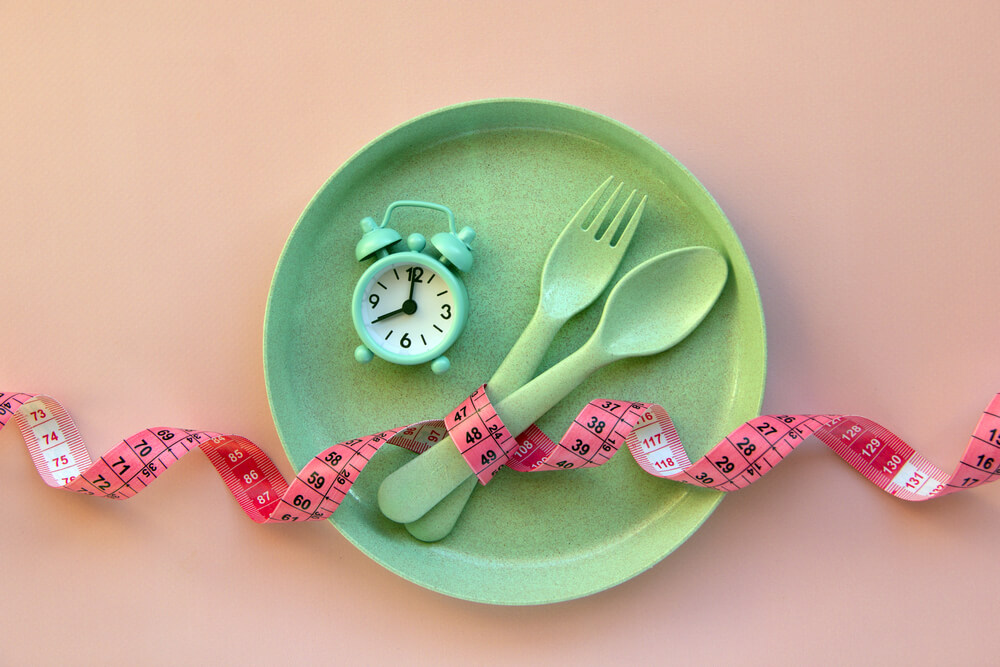In the quest for effective and sustainable weight loss solutions, individuals often encounter various approaches, each claiming to be the key to shedding those unwanted pounds. One such method that has gained attention is the hCG (Human Chorionic Gonadotropin) diet. In this comprehensive guide, Dr. Andrew Krisnky and his experts will delve into the science behind hCG, explore its role in weight loss, and provide insights into how to incorporate it into a well-rounded hCG diet plan.
Understanding hCG

Human Chorionic Gonadotropin (hCG), a hormone traditionally associated with pregnancy, serves as a remarkable biological marker during the early stages of fetal development. Produced primarily by cells within the placenta, hCG plays a pivotal role in sustaining pregnancy by supporting the growth and well-being of the developing embryo. Its multifaceted functions extend beyond its role in embryonic development, encompassing the maintenance of the corpus luteum, a crucial ovarian structure that, in turn, contributes to the production of progesterone during the initial phases of pregnancy.
During pregnancy, the corpus luteum—the structure formed from the remnants of the ovarian follicle after ovulation—takes center stage. This dynamic structure secretes progesterone, a hormone vital for maintaining the uterine lining and supporting the implantation of the fertilized egg. Progesterone, often referred to as the “pregnancy hormone,” helps create an optimal environment for the embryo’s implantation and provides the necessary support for the early stages of pregnancy until the placenta takes over this essential role.
In the intricate dance of reproductive biology, hCG acts as a crucial choreographer, orchestrating a series of events that are instrumental for the successful establishment and sustenance of pregnancy. Its ability to communicate with the corpus luteum and stimulate the production of progesterone ensures the necessary hormonal milieu for the embryo’s secure development.
Beyond the realms of pregnancy, however, researchers have unveiled an unexpected facet of hCG—its potential applications in the realm of weight loss. This revelation emerged from observations made during studies exploring the impact of hCG on the body’s metabolism and adipose tissue.
Studies suggest that hCG may influence the hypothalamus, a region of the brain that plays a central role in regulating various physiological processes, including hunger and metabolism. Proponents of the hCG diet propose that when hCG is introduced into the body, it may help modulate hunger, making it more manageable for individuals to adhere to a significantly reduced-calorie diet.
Moreover, researchers have explored the impact of hCG on fat metabolism. It is theorized that hCG may facilitate the breakdown of stored fat, particularly in areas where abnormal fat deposits tend to accumulate. By targeting these adipose stores, hCG could potentially contribute to weight loss while preserving lean muscle mass.
It’s important to note that while preliminary findings are intriguing, the scientific community continues to scrutinize the efficacy and safety of the hCG diet. Not all studies align on the positive effects of hCG in weight loss, and further research is needed to establish a consensus on its mechanisms and potential long-term implications.
The hCG Diet Explained
Embarking on the hCG diet is a journey structured around three distinct phases, each playing a crucial role in the pursuit of weight loss and the cultivation of sustainable, healthier habits. Let’s delve deeper into the intricacies of each phase, unraveling the science and rationale behind the hCG diet protocol.
1. Loading Phase: Priming the Body for Change
The commencement of the hCG diet is marked by the Loading Phase, a seemingly counterintuitive stage where individuals are encouraged to indulge in a high-calorie diet for the initial two days. This phase serves a vital purpose: priming the body for the calorie restrictions that lie ahead. By saturating the body with a surplus of calories, the Loading Phase aims to replenish glycogen stores and prepare the metabolism for the impending shift to a lower caloric intake.
During this phase, hCG supplementation is initiated, acting as the catalyst that sets in motion the intricate interplay between hormones and metabolism. The Loading Phase is a strategic preamble, laying the foundation for a more seamless transition into the subsequent weight loss phase.
2. Weight Loss Phase: Striking the Balance
At the heart of the hCG diet lies the Weight Loss Phase, a period characterized by a carefully curated low-calorie diet, typically ranging from 500 to 800 calories per day. This phase is accompanied by the administration of hCG through injections, drops, or pellets, with the belief that this hormone, in synergy with calorie restriction, can unlock the body’s potential to target abnormal fat stores.
The rationale behind this combination is multifaceted. While the reduced calorie intake creates a significant energy deficit, hCG is thought to play a role in modulating hunger and promoting fat metabolism. By specifically targeting abnormal fat reserves, the hCG diet aims to facilitate weight loss without sacrificing lean muscle mass. This phase requires dedication and discipline as individuals navigate the delicate balance between calorie restriction and the metabolic support offered by hCG.
3. Maintenance Phase: Nurturing Long-Term Success
As individuals progress through the Weight Loss Phase and achieve their targeted goals, the journey doesn’t end abruptly. The hCG diet recognizes the importance of a gradual transition in the Maintenance Phase. During this stage, caloric intake is gradually increased, and hCG supplementation is discontinued.
The Maintenance Phase is designed to stabilize weight, allowing the body to adjust to a higher calorie threshold while establishing healthier eating habits. It serves as a critical bridge between the intensity of the Weight Loss Phase and the sustainable practices required for long-term success. The focus shifts from rapid weight loss to the cultivation of a balanced, nutritious diet that supports overall well-being.
How to Do the hCG Diet

Embarking on the hCG diet requires careful consideration and guidance. Here’s a step-by-step guide on how to approach the hCG diet:
- Consultation with a Healthcare Professional:
Before initiating the hCG diet, consult with a healthcare provider to ensure it’s a safe option for your individual health needs and goals.
- Understanding Dosage and Administration:
Whether using hCG injections, drops, or pellets, it’s essential to follow the prescribed dosage and administration guidelines provided by a qualified healthcare professional.
- Meal Planning:
Create a well-balanced and nutritious meal plan that adheres to the calorie restrictions outlined in the hCG diet. Include a variety of foods to ensure essential nutrient intake.
- Monitoring Progress:
Regularly monitor your weight and overall well-being throughout the diet. Any concerns or adverse effects should be promptly discussed with your healthcare provider.
Learn More About the hCG Diet
The hCG diet, centered around the use of Human Chorionic Gonadotropin, has generated interest as a potential tool for weight loss. While some studies suggest positive outcomes, it’s crucial to approach the hCG diet with caution, consulting with healthcare professionals and maintaining a balanced perspective on its benefits and limitations. As with any weight loss strategy, adopting a sustainable and healthy lifestyle is key to long-term success. If considering the hCG diet, work closely with healthcare providers to ensure a safe and effective journey towards your weight loss goals.
If you would like to learn more or are looking for compassionate women’s health services in Tamarac, feel free to schedule an appointment with Dr. Krinsky today.


